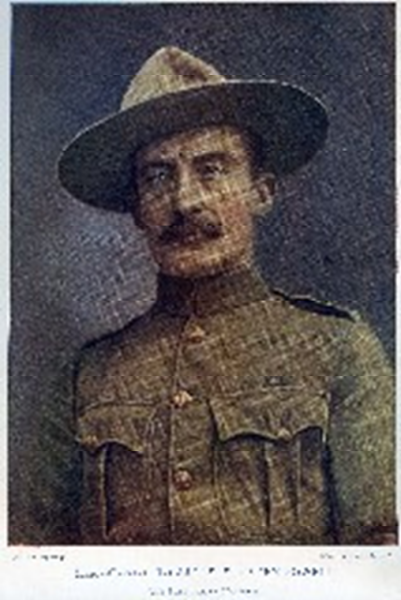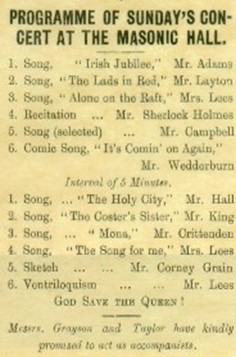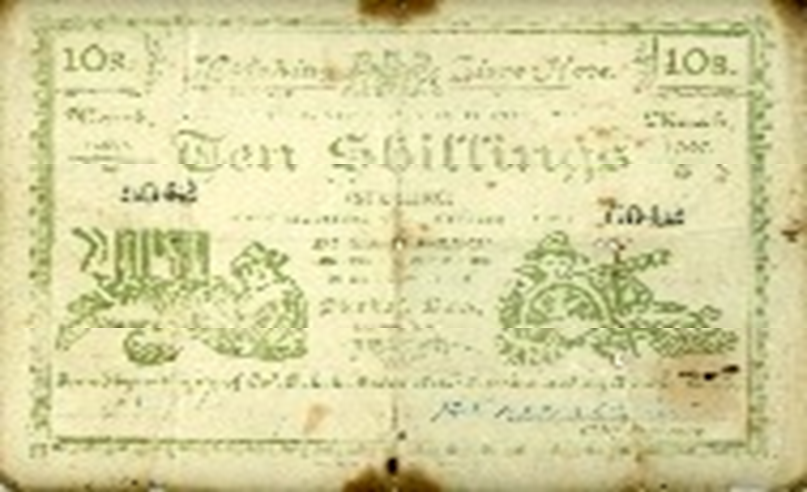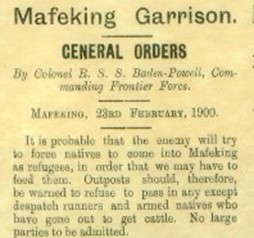
The Wolf That Never Sleeps
by Jimmy Ray, March 2010
This year is the 100th Anniversary of the Boy Scouts of America. We have heard the tale of William Boyce, lost in the fog in London where a Boy Scout led him to his destination. That original ‘good deed’ led William Boyce to find out more about this organization and led to its start in the U.S. But, the story goes back well beyond that time. How did the program get started in the first place? Perhaps it helped that you had a national hero who had the means to start it all but how did Baden-Powell become so well known in the first place.
Although he had many military adventures that brought him some deal of fame, it was during the Boer War in South Africa where he became a legend. Little did he know that his choice of a town to set up his headquarters would be a name he would always be recognized – a little town called Maefking. Baden-Powell’s exploits in South Africa had well established him as a leader and one who could handle the task. Many of his initial activities had brought him into conflicts with the Zulus and Matabele tribes. They respected his abilities and his amazing endurance to pursue them such that he was known as “the wolf that never sleeps.” With the arrival of the “wolf” at Maefking, the Boers would also learn of his abilities.
The town of Maefking had about fifteen hundred white people and eight thousand natives. B-P had a force of twelve hundred men who were badly armed with old artillery. The Boers on the other hand were well armed and had the latest in artillery. Mafeking had no natural geographic features to aid in its defense so its ability to withstand an attack was summed up as being B-P’s two outstanding qualities: his ability to invent and outwit the enemy and his sense of humor. The first one is understandable but how did his sense of humor help. When you have no food and have to resort to rationing everything including the cavalry horses and you are facing a well armed enemy who greatly outnumbers you, a sense of humor helps maintain some sense of sanity and helps with morale. So, lets see some of the things he did to maintain a sense of normalcy when this became a long term siege. First he knew he needed to show signs of normalcy with things like a daily newspaper.

You can tell from the banner headline of his daily newspaper that both normalcy exists along with his dry sense of humor: “Issued Daily, Shells Permitting”.

And of course, you must have some fun and entertainment to maintain normalcy. In the last week, they had cycle sports with several races around the compound. This week will be the musical program at the Masonic Hall.
For combating an enemy with the resources available, a little ‘outwitting’ them also helped. B-P had very little dynamite but set up a mine with a raised sand hill over it. After one of the men got close to the mine, it was exploded killing him. With the Boers now taking note, B-P used that to his advantage. He built many more raised sand hills, but of course, none of them had any dynamite – but the Boers did not know that. B-P also had an old acetylene lantern. With some tin work around it, it became a search light so it was shined around the area from a pole then moved to a different pole and repeated and then repeated the same way in more places. Again the Boers thought they had a whole battery of searchlights and did not try to get too close at night. With the distances being maintained between the town and the Boer forces, visual sight was limited to seeing details. Without barbedwire to place around the perimeter, B-P had posts put in and had his men act as if they were climbing over barbedwire in between. Add in fake guns, having his men constantly move around the perimeter when firing to be perceived as a bigger force and many other tricks, B-P successfully kept the Boers from leading a major assault.


Although Baden-Powell’s military career did not end immediately after the siege of Maefking, he did have more time in Britain to start writing down some of the thoughts he had been saving and nurturing during his military campaign. Some of these thoughts related to military scouting and the skills they would need. So he put together a series of training pamphlets for that purpose. He was quite surprised to find out later that boys had been buying these pamphlets as they offered a sense of adventure. When he retired from the military, he decided to pursue a program for boys based on these scouting pamphlets. Starting with a camping group on Brownsea Island, the Boy Scout program now became a reality. Scouting began in Britain in 1907 and immediately starting spreading within the British Empire and Europe. Although some units also started within the U.S. based on his Scouting for Boys, William Boyce helped establish it formally as we know it today, the Boy Scouts of America.